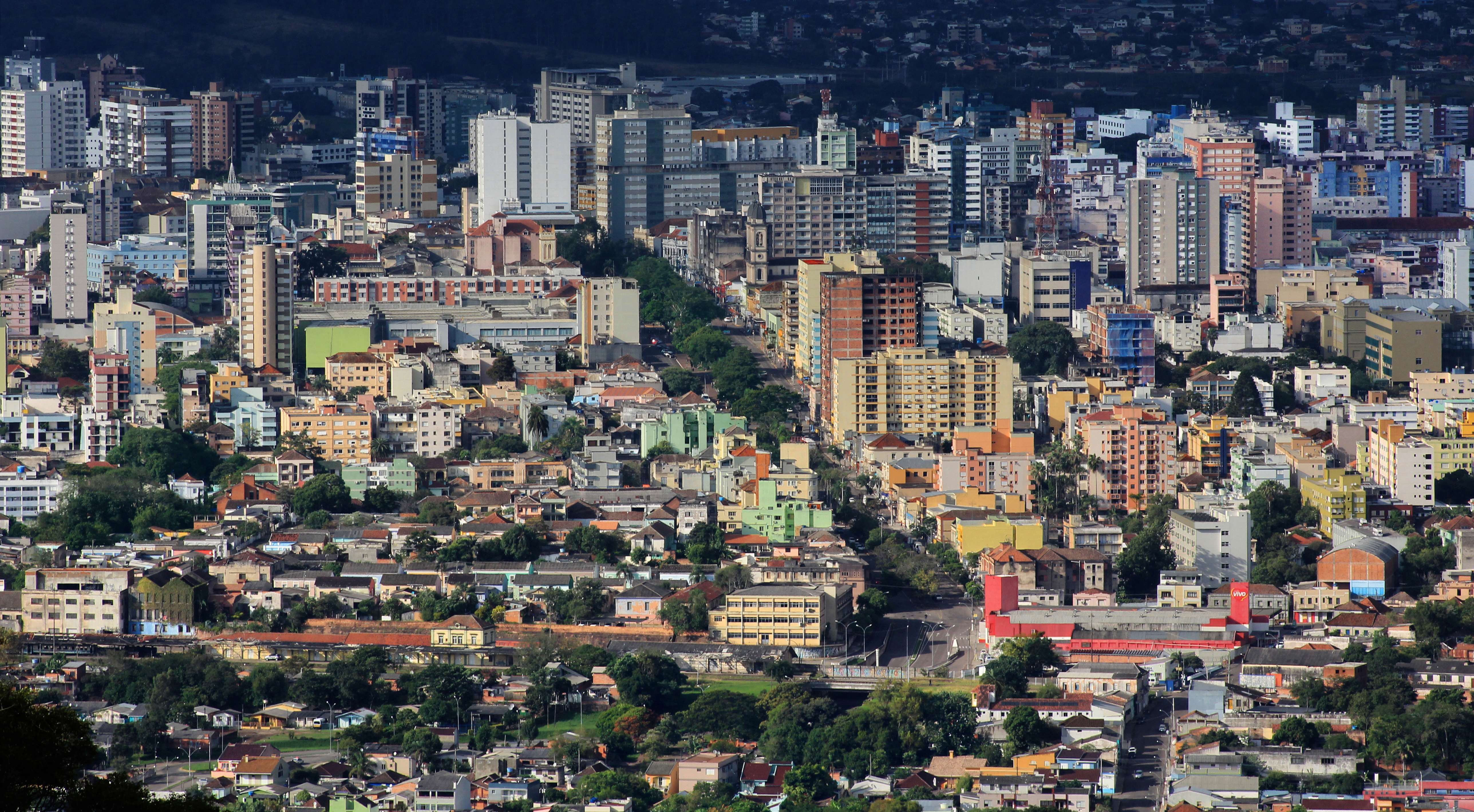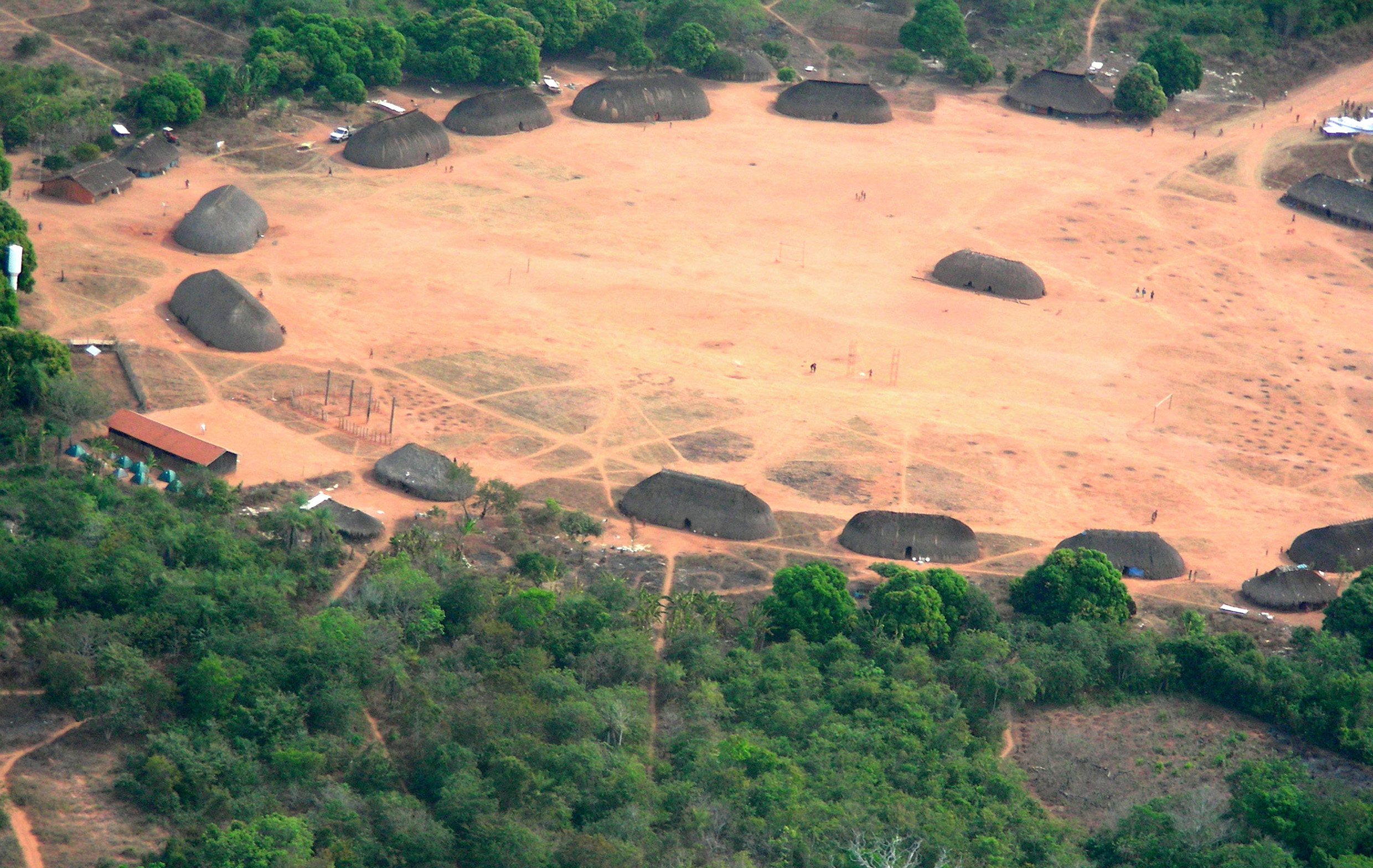|
Cartonera
Cartonera is a social, political and artistic publishing movement that began in Argentina in 2003 and has since spread to countries throughout Latin America and, more recently, to Europe and Africa. The founders, Washington Cucurto, Javier Barilaro and Fernanda Laguna started Eloísa Cartonera in Buenos Aires in response to the 1998–2002 Argentine great depression, 2001 economic crisis in which the Argentine peso plummeted to one third of its value. The difficult economic situation led to an increase in the number of Waste picker, cartoneros, people who make their living collecting and selling salvaged materials to recycling plants. Cartonera books are made from cardboard bought from cartoneros at three to five times more than the price set by recycling plants. The cardboard is then used to create covers for short books of prose or poetry. Each book cover is hand painted and sold on the streets at the cost of production in order to increase access to literature. This method of ... [...More Info...] [...Related Items...] OR: [Wikipedia] [Google] [Baidu] |
Eloísa Cartonera
Eloísa Cartonera is an Argentina, Argentine cooperative publishing business of designers and writers, which publishes hand made books with extraordinary designs at a literary quality. It is the pioneer of the Cartonera movement.Prince Claus Fund (June 2012''Report from the 2012 Prince Claus Awards Committee''/ref>ANP Pers Support (September 6, 2012''Prins Claus Prijzen 2012''Volkskrant (September 6, 2012''Prins Claus Prijs voor Argentijnse uitgeverij'' Background The initiative for Eloísa Cartonera was taken in 2001 when the Argentine economy was in crisis and people went on the streets to earn money. Among them were the so-called cartoneros, translated ''cardboard people'', who worked on the streets to collect paper and cardboard as a way of living. In these years the culture sector found itself in a deep crisis, because books and artifacts were sold in reduced quantities. Due to this situation writer Washington Cucurto and plastic artists Javier Barilaro and Fernanda Laguna s ... [...More Info...] [...Related Items...] OR: [Wikipedia] [Google] [Baidu] |
Washington Cucurto
Santiago Vega (born in 1973 in Quilmes, Provincia de Buenos Aires), better known as Washington Cucurto, is an Argentinian writer of fiction, prose and poetry. He is the self-proclaimed creator of ''realismo atolondrado'' ('headlong realism'). His writing shares tendencies of American authors like Charles Bukowski, William S. Burroughs and Henry Miller. Because of his subject matter and style, he is a cult author, especially among young readers. His work deals with negritude, poverty, homosexuality, and other fringe cultures. In 2002 he founded Eloísa Cartonera, an extremely successful non-profit publishing house specializing in handmade and affordable books from recycled materials Recycling is the process of converting waste materials into new materials and objects. The recovery of energy from waste materials is often included in this concept. The recyclability of a material depends on its ability to reacquire the p .... Works *Zelarayán, 1996, (poetry) *La máquin ... [...More Info...] [...Related Items...] OR: [Wikipedia] [Google] [Baidu] |
Waste Picker
A waste picker is a person who salvages reusable or recyclable materials thrown away by others to sell or for personal consumption. There are millions of waste pickers worldwide, predominantly in developing countries, but increasingly in post-industrial countries as well. Various forms of waste picking have been practiced since antiquity, but modern traditions of waste picking took root during industrialization in the nineteenth century. Over the past half-century, waste picking has expanded vastly in the developing world due to urbanization, toxic colonialism and the global waste trade. Many cities only provide solid waste collection. Terminology Many terms are used to refer to people who salvage recyclables from the waste stream for sale or personal consumption. In English, these terms include ''rag picker'', ''reclaimer'', ''informal resource recoverer'', ''binner'', ''recycler'', ''poacher'', ''salvager'', ''scavenger'', and ''waste picker''; in Spanish ''cartonero'', ''chat ... [...More Info...] [...Related Items...] OR: [Wikipedia] [Google] [Baidu] |
Santa Maria, Rio Grande Do Sul
Santa Maria is a municipality (''município'') in the central region of Rio Grande do Sul, the southernmost state of Brazil. In 2020, its population was 283,677 inhabitants in a total area of . Santa Maria is the 5th biggest municipality in the state, and the largest in its micro-region. Santa Maria is often referred to as the "heart of Rio Grande" (from Portuguese: "''Coração do Rio Grande''"), because the city is located in the geographical center of the State. History and Importance The first inhabitants of Santa Maria were the Minuano Indigenous People, who lived in a region of the municipality known as Coxilha do Pau Fincado, and the Tapes, who lived in the hills. With the arrival of Spanish and Portuguese colonizers this border region was witness to innumerable battles between rival groups. Finally, in 1797 the border between the two colonies was established by a commission (''1ª Subdivisão da Comissão Demarcadora de Limites da América dat lit Meridional)''. This c ... [...More Info...] [...Related Items...] OR: [Wikipedia] [Google] [Baidu] |
Santa Catarina (state)
Santa Catarina (, ) is a States of Brazil, state in the South Region, Brazil, South Region of Brazil. It is the List of Brazilian states by area, 7th smallest state in total area and the List of Brazilian states by population, 11th most populous. Additionally, it is the 9th largest settlement, with List of municipalities in Santa Catarina, 295 municipalities. The state, with 3.4% of the Brazilian population, generates 3.8% of the national GDP. Santa Catarina is bordered by Paraná (state), Paraná to the north, Rio Grande do Sul to the south, the Atlantic Ocean to the east, and the Provinces of Argentina, Argentine province of Misiones Province, Misiones to the west. The coastline is over 450 km, i.e., about half of Portugal's mainland coast. The seat of the state executive, Legislature, legislative and judiciary powers is the capital Florianópolis. Joinville, however, is the most populous city in the state. Besides Espírito Santo, Santa Catarina is the only state whose ca ... [...More Info...] [...Related Items...] OR: [Wikipedia] [Google] [Baidu] |
Mixed Language
A mixed language is a language that arises among a bilingual group combining aspects of two or more languages but not clearly deriving primarily from any single language. It differs from a creole language, creole or pidgin, pidgin language in that, whereas creoles/pidgins arise where speakers of many languages acquire a common language, a mixed language typically arises in a population that is fluent in both of the source languages. Because all languages show some degree of mixing by virtue of containing Loanword, loanwords, it is a matter of controversy whether the concept of a mixed language can meaningfully be distinguished from the type of contact and borrowing seen in all languages.Arends et al. 1994 Scholars debate to what extent language mixture can be distinguished from other mechanisms such as code-switching, Stratum (linguistics), substrata, or lexical borrowing. Definitions Other terms used in linguistics for the concept of a mixed language include ''hybrid language'', ... [...More Info...] [...Related Items...] OR: [Wikipedia] [Google] [Baidu] |
Indigenous Peoples In Brazil
Indigenous peoples in Brazil ( pt, povos indígenas no Brasil) or Indigenous Brazilians ( pt, indígenas brasileiros, links=no) once comprised an estimated 2000 tribes and nations inhabiting what is now the country of Brazil, before European contact around 1500. Christopher Columbus thought he had reached the East Indies, but Portuguese Vasco da Gama had already reached India via the Indian Ocean route, when Brazil was colonized by Portugal. Nevertheless, the word ("Indians") was by then established to designate the people of the New World and continues to be used in the Portuguese language to designate these people, while a person from India is called in order to distinguish the two. At the time of European contact, some of the Indigenous people were traditionally semi-nomadic tribes who subsisted on hunting, fishing, gathering and migrant agriculture. Many tribes suffered extinction as a consequence of the European settlement and many were assimilated into the Brazilian po ... [...More Info...] [...Related Items...] OR: [Wikipedia] [Google] [Baidu] |
Libros De Eloísa Cartonera
Libros is a municipality located in the province of Teruel, Aragon, Spain. According to the 2004 census (INE INE, Ine or ine may refer to: Institutions * Institut für Nukleare Entsorgung, a German nuclear research center * Instituto Nacional de Estadística (other) * Instituto Nacional de Estatística (other) * Instituto Nacional Elec ...), the municipality has a population of 150 inhabitants. References Municipalities in the Province of Teruel {{Teruel-geo-stub ... [...More Info...] [...Related Items...] OR: [Wikipedia] [Google] [Baidu] |
Rio Grande Do Sul
Rio Grande do Sul (, , ; "Great River of the South") is a Federative units of Brazil, state in the South Region, Brazil, southern region of Brazil. It is the Federative_units_of_Brazil#List, fifth-most-populous state and the List of Brazilian states by area, ninth largest by area. Located in the southernmost part of the country, Rio Grande do Sul is bordered clockwise by Santa Catarina (state), Santa Catarina to the north and northeast, the Atlantic Ocean to the east, the Uruguayan Departments of Uruguay, departments of Rocha Department, Rocha, Treinta y Tres Department, Treinta y Tres, Cerro Largo Department, Cerro Largo, Rivera Department, Rivera and Artigas Department, Artigas to the south and southwest, and the Argentina, Argentine Provinces of Argentina, provinces of Corrientes Province, Corrientes and Misiones Province, Misiones to the west and northwest. The capital and largest city is Porto Alegre. The state has the highest life expectancy in Brazil, and the crime rate i ... [...More Info...] [...Related Items...] OR: [Wikipedia] [Google] [Baidu] |
Central Zone Of São Paulo
The Central Zone (Portuguese: Zona Central de São Paulo) is an administrative zone of the city of São Paulo, Brazil. One of the largest commercial and business districts in South America, the region is administered by the subprefecture of Sé. It is not concurrent, although often confused, with the regions known as ''Centro Expandido'' ("Expanded Center"), a broader area used by the city government for urban planning and road space rationing actions and ''Centro Histórico de São Paulo'' ("São Paulo Historic Center"), which, as the name implies, includes only the oldest part of the central region. Limits Officially, the central area is bounded by districts of Municipality Cathedral. However, the social perception of what is called "center of São Paulo" varies and may include other areas of city. Until the creation of the administrative office of the Cathedral, the notion of "center" was equivalent to the region of the former administration regional office, who also include ... [...More Info...] [...Related Items...] OR: [Wikipedia] [Google] [Baidu] |
Collage
Collage (, from the french: coller, "to glue" or "to stick together";) is a technique of art creation, primarily used in the visual arts, but in music too, by which art results from an assemblage of different forms, thus creating a new whole. (Compare with pastiche, which is a "pasting" together.) A collage may sometimes include magazine and newspaper clippings, ribbons, paint, bits of colored or handmade papers, portions of other artwork or texts, photographs and other found objects, glued to a piece of paper or canvas. The origins of collage can be traced back hundreds of years, but this technique made a dramatic reappearance in the early 20th century as an art form of novelty. The term ''Papier collé'' was coined by both Georges Braque and Pablo Picasso in the beginning of the 20th century when collage became a distinctive part of modern art. History Early precedents Techniques of collage were first used at the time of the invention of paper in China, around 20 ... [...More Info...] [...Related Items...] OR: [Wikipedia] [Google] [Baidu] |



